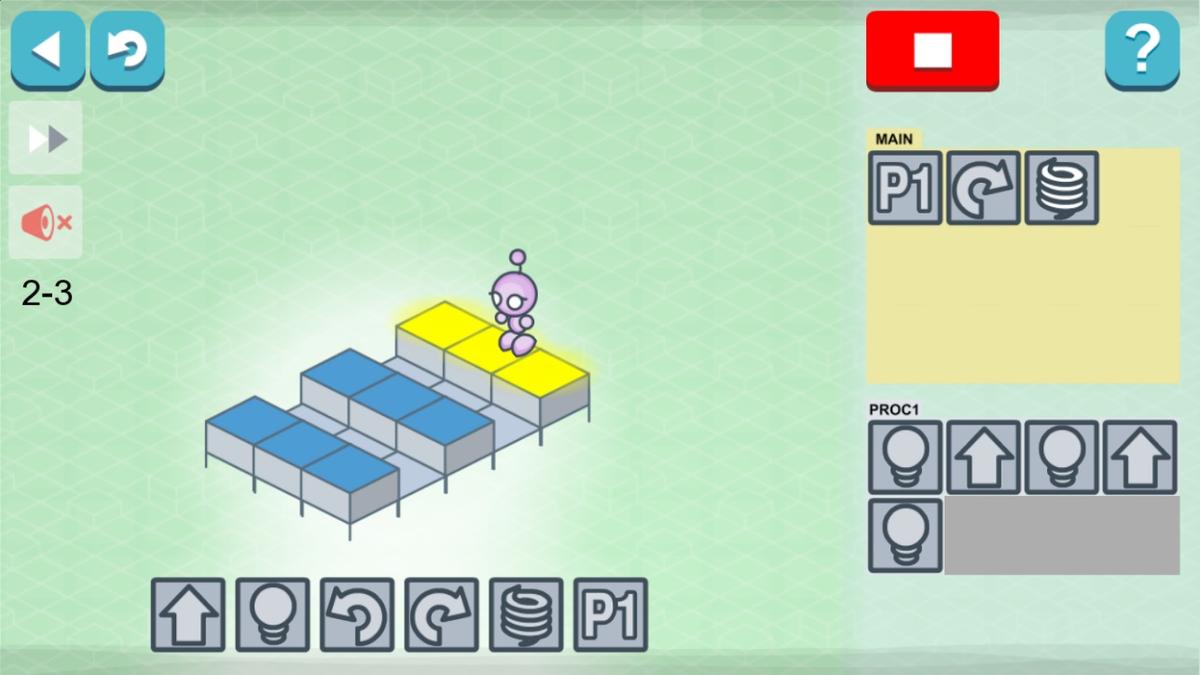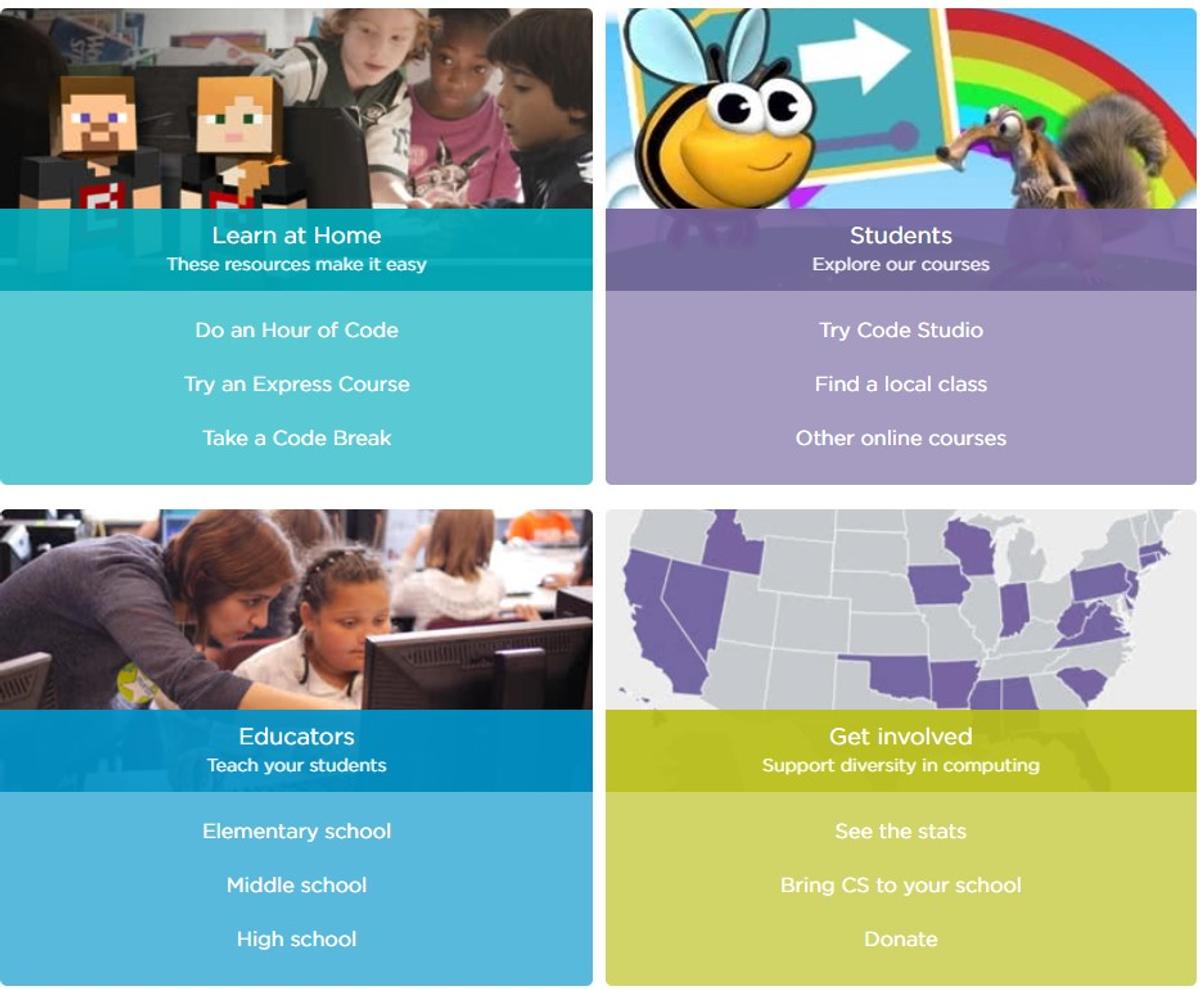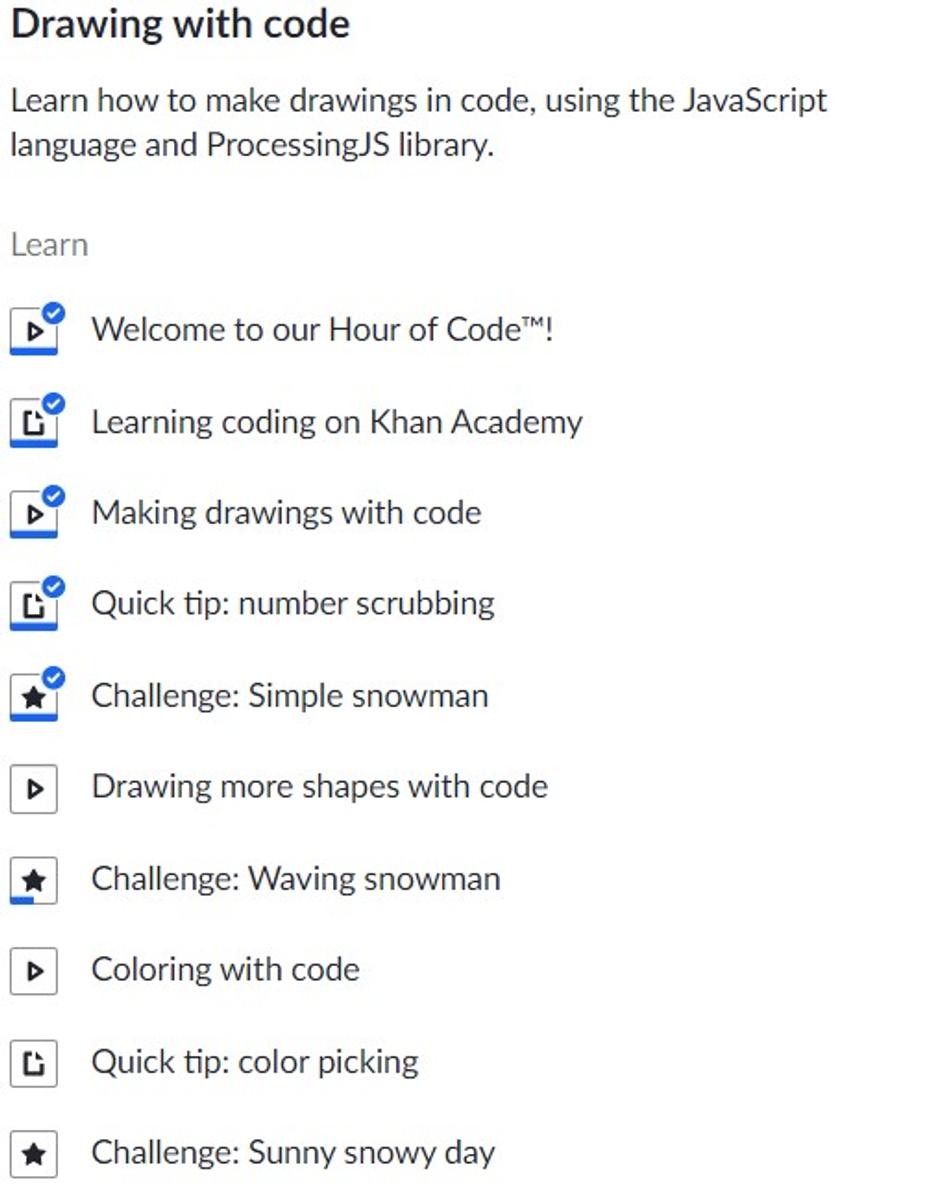Learning to Code
In today's world, programming is no longer just for geeks. It has become a skill for everyone to learn, adults and kids alike. And you can learn it at your own pace.
Teaching children basic programming opens up an entire world of opportunities to thrive and succeed. Learning how to code engages kids' minds in critical thinking and prepares them for an increasingly tech-driven world.
Many students and their families ask me for recommendations about what language to learn and which platform to use. The truth is it doesn't matter. Sure, some coding tools are pitched for younger or older students. However, coding doesn't need to be learnt sequentially.
www.coderkids.com also listed other benefits to learning to code. Here is their list of advantages:
- Boosting creativity - coding demands repeated experimentation. The process of trial and error encourages children to use creativity.
- Better math skills - coding mainly involves visualising abstract concepts that can be applied to mathematical problem-solving. This, in turn, helps kids improve their math skills and use them in real-life situations.
- Builds confidence in problem-solving - since coding often involves making mistakes until you can get it right, children will learn that there's always more than one way to complete any task.
- Enhances academic writing performance - coding supports planning and organising skills. Kids will be able to put their thoughts in order and can improve their writing skills.
Here are my top 4 coding learning tools.
- Lightbot (Apple App Store, Google Play). LightBot was designed for first-time coders. It's been played by over 20 million kids and has been used by tens of thousands of teachers worldwide.
- SpriteBox. This free app gives students an adventure/gaming experience where they need to assist their chosen character in reaching their goal. Students do this by solving coding puzzles using icons. As students become more confident, icons give way to textual commands and programming language. Students will learn the following by engaging with this app:
- Sequencing
- Parameters
- Loops (and Nested Loops)
- Procedures
- Basic Swift / Java Syntax
- Code.org. One of the most popular websites that provides free coding classes for children. This platform offers:
- Search for relevant courses.
- Comprehensive online tutorials.
- Interactive teaching methods, such as maze games, to engage students of all ages.
- Khanacademy.com. Khan Academy is my favourite learning site that includes coding. They manage to use the same teaching techniques for maths, history, science and programming. Videos can be paused, followed, and code copied to allow students the best chance of success. They show how coding impacts web pages, design, data and even drawing. They even teach students how computers work!
I hope you find these resources useful. Please don't hesitate to email me if you have any questions or queries.
Hardev Singh
ICT Coordinator
Digi Tech & Media Arts Teacher
hardev.singh@education.vic.gov.au








